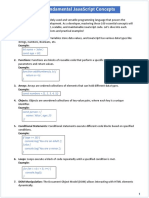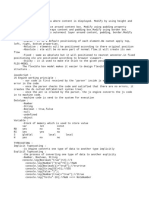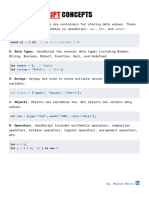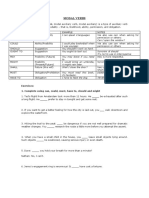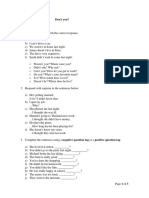0% found this document useful (0 votes)
10 views2 pagesJavascript Missing Topics With Explanations
The document outlines key JavaScript concepts including scope, closures, and the 'this' keyword, along with advanced topics like prototypes, event loops, and error handling. It also covers ES6+ features, array methods, and modules, providing explanations for each topic. Additionally, it addresses common issues like callback hell and techniques such as debounce and throttle.
Uploaded by
priyadharshinibalamurugan268Copyright
© © All Rights Reserved
We take content rights seriously. If you suspect this is your content, claim it here.
Available Formats
Download as PDF, TXT or read online on Scribd
0% found this document useful (0 votes)
10 views2 pagesJavascript Missing Topics With Explanations
The document outlines key JavaScript concepts including scope, closures, and the 'this' keyword, along with advanced topics like prototypes, event loops, and error handling. It also covers ES6+ features, array methods, and modules, providing explanations for each topic. Additionally, it addresses common issues like callback hell and techniques such as debounce and throttle.
Uploaded by
priyadharshinibalamurugan268Copyright
© © All Rights Reserved
We take content rights seriously. If you suspect this is your content, claim it here.
Available Formats
Download as PDF, TXT or read online on Scribd
/ 2


















